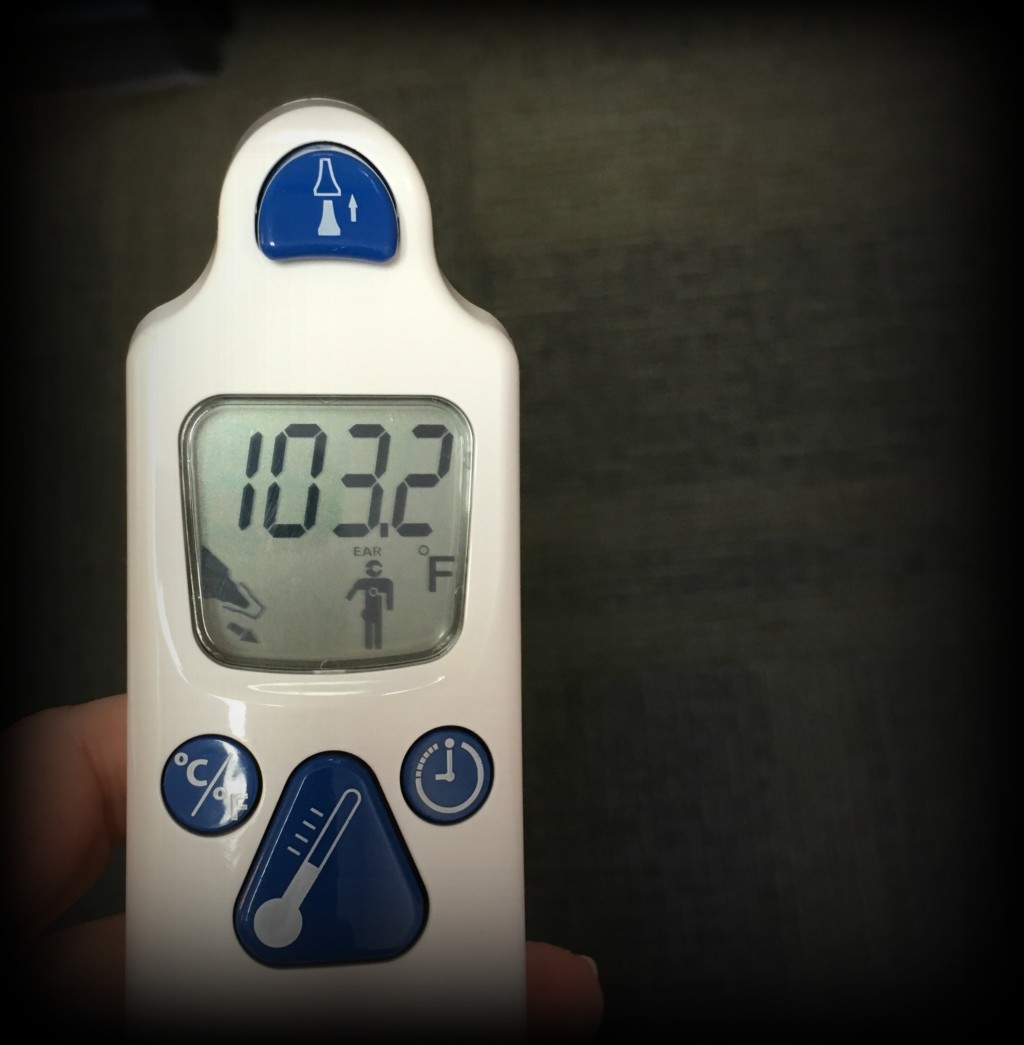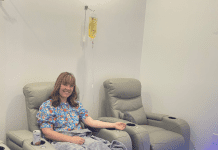It’s Friday evening at 7 p.m.
Your two-year-old, who has been a bit fussier than normal all day, sneezes, and green snot shoots out his nose and dribbles down his chin.
While you’re cleaning him up, he feels a bit warmer than normal. Dragging out the thermometer, you confirm that he, indeed, has a fever. Turns out it’s not just the low-grade, let’s-watch-it-and-see fever. It’s 103.2!

Now what do you do? The pediatrician’s office is closed, and the last time you called after hours for a fever, they sent you to the ER. You look at your cranky toddler and start weighing your choices – is he sick enough to warrant the torture and expense of dragging him to the emergency room on a Friday night? Your husband is working late, and what do you do with your other children? Drag them with you? Indecision, guilt, and worry war against each other. Surely there has to be a better solution.
In fact, there is a less stressful and cheaper solution – it’s called direct primary care.
You’re familiar with going to the doctor who works in a traditional, insurance-based medical practice, where they are responsible for caring for 2,000-4,000 patients. You wait in a crowded waiting room full of sick children for over 30 minutes only to spend 7-15 minutes with the doctor. Your child is just one of upwards of 30 patients the doctor has to see that day, and you’re stuck on a conveyor belt, getting shuffled through your child’s visit as quickly as possible before their doctor moves onto the next patient. And if something is needed after hours? You’re out of luck. Either wait until the clinic is open again, or head to the nearest ER. This type of system, though it’s been a mainstay in medicine for quite some time, is not for everyone, and many people are finding that it doesn’t quite fulfill all of their needs or concerns. This has prompted a shift in medicine the last few years — a shift in the direction of direct primary care.
How are things different in a direct primary care practice?
Direct primary care is a newer model of medical practice that has been gaining popularity across the country. Doctors have started ditching their relationship with the insurance companies and started working for their patients again. Patients are put back in control of their own medical care as they contract directly with their physicians outside of insurance. This liberates doctors to be able to provide medical care in a way that is most convenient to the patient {and the parents} instead of how the insurance dictates that care should be provided. Direct care doctors care for a much smaller total number of patients {usually about 500}, schedule at least 30 minutes with each patient, and have time to address all of the patients’ concerns at a given appointment. Waiting rooms become obsolete as very little waiting is actually done. Care can be provided in the traditional office visit, but can also be provided in telephone visits, email visits, and/or even home visits.
I know what you’re thinking. Well, that sounds great but it must cost a fortune! Actually, it doesn’t. Direct primary care practices offer this personalized service for a very affordable monthly fee – about the cost of a night at the movies or a month’s worth of grande Starbucks latte.
I know what you’re thinking now – but I already have insurance, why should I pay more for medical care? You may pay a little more each month for direct primary care membership, but you save more in the long run in unexpected ER or urgent care visits, time, and worry. Many moms, especially worried moms of sick kids, say that there is no price too high for helping eliminate their stress and their worry. Plus, your insurance still covers anything a direct primary care doctor orders {medication, labs, x-rays, etc.}.
So back to Friday night’s 103.2 fever.
 If your child is a member of a direct primary care practice when the Friday night fever strikes, it should no longer lead to stress, indecision, and astronomical medical bills.
If your child is a member of a direct primary care practice when the Friday night fever strikes, it should no longer lead to stress, indecision, and astronomical medical bills.
Instead, your night should go something like this. You call your direct primary care doctor. She assesses the situation over the phone and either offers medical advice or has you meet her at the office. You pay nothing beyond the normal monthly membership fee. There’s no waiting in the ER for 4 hours prior to even being seen by a doctor. Your child gets medical care much quicker by a doctor who already knows that he has a tendency toward ear infections, that he is allergic to penicillin, and that his asthma flairs up whenever he gets sick. Plus, he is much happier coming to his pediatrician’s office where he knows that if he’s good, he gets to dig in the treasure chest at the end of the visit to pick out a new toy truck to add to his growing collection. Your night just got a whole lot simpler, and your toddler gets on the road to recovery a whole lot faster.
 About Our Sponsor
About Our Sponsor
Dr. Amie Stringfellow runs her own direct primary care practice, Milepost Medical, which is located at Houston Methodist Willowbrook Hospital. Accessibility and availability to Dr. Amie are the core principles of her practice and provide the foundation for the practice’s motto of “when you need a doctor to walk a mile with you.” Dr. Amie is triple board certified in Pediatrics, Internal Medicine, and Sleep Medicine. To join Milepost Medical, memberships are just $10 per month for children with an adult membership and $50-$100 per month for adults. To learn more about Milepost Medical and direct primary care, visit www.milepostmedical.com or call 832-912-4820.
Please Note :: While this may be a sponsored post, we are so honored to have Dr. Amie guest blog for us and share her wisdom on such an important topic – the health of ourselves and our children.















